Proactive Maintenance: A Non-Negotiable Strategy for Industrial Facilities in 2025

In today’s competitive industrial landscape, downtime is more than an inconvenience, it’s a direct hit to productivity, profits, and safety. As we move further into 2025, proactive maintenance is no longer optional for facilities aiming to remain competitive, compliant, and efficient. Gone are the days when reactive repairs could get the job done. The cost of inaction is simply too high.
According to a 2024 report by the International Society of Automation, companies that implement proactive maintenance strategies reduce downtime by up to 40% and save 12-18% on average over reactive maintenance costs. Additionally, facilities experience asset lifespan increases of 20-30%, preserving capital investments and reducing the need for costly replacements.
What Is Proactive Maintenance?
Proactive maintenance focuses on identifying and addressing potential equipment issues before they lead to failures. Unlike reactive maintenance, which involves fixing equipment after it breaks down, a proactive strategy involves regular inspections, data monitoring, and preventive servicing. The goal is to maintain uptime, optimize performance, and avoid surprise breakdowns.
Top Benefits of Proactive Maintenance in 2025
1. Maximized Uptime
In industrial environments, unexpected shutdowns can lead to major production losses. With proactive maintenance, potential issues are spotted early, before they interrupt operations. This translates into higher equipment availability and less unplanned downtime, keeping production schedules on track.
2. Lower Maintenance Costs
Although proactive maintenance involves scheduled labor and monitoring costs, it’s far cheaper than emergency repairs. Think of it as routine check-ups for your machinery. According to Plant Engineering Magazine, reactive maintenance can cost 3 to 5 times more than planned maintenance due to emergency labor, expedited parts, and lost production time.
3. Extended Equipment Lifespan
Just like a well-maintained car runs longer, so do industrial machines. Proactive maintenance ensures consistent lubrication, calibration, and part replacements, reducing wear and tear over time. This protects high-value assets and minimizes the need for capital equipment replacements.
4. Enhanced Safety
Failing equipment can lead to hazardous situations, especially in high-risk industrial environments. A proactive approach minimizes safety risks by keeping machines running smoothly and predictably. It also supports compliance with OSHA and other safety regulations.
5. Data-Driven Decisions
Modern proactive maintenance programs rely on condition monitoring and predictive analytics. Sensors and IoT devices collect real-time data on equipment performance, helping maintenance teams make informed decisions. This tech-driven approach reduces guesswork and increases precision.
Implementing a Proactive Maintenance Strategy: Key Steps
1. Assess and Prioritize Equipment
Not all assets require the same level of attention. Start by identifying mission-critical machinery and high-risk equipment. Focus proactive efforts where downtime would be most costly.
2. Schedule Preventive Maintenance Tasks
Use manufacturer recommendations and operational data to build a preventive maintenance calendar. Tasks may include lubrication, part replacements, cleaning, or software updates.
3. Leverage CMMS Software
A Computerized Maintenance Management System (CMMS) can track maintenance schedules, asset histories, and inventory levels. It helps streamline communication between teams and ensures nothing slips through the cracks.
4. Monitor Equipment Health
Use sensors and diagnostic tools to gather data on temperature, vibration, energy use, and more. Early warning signs allow teams to intervene before failures occur.
5. Train Maintenance Teams
Even with the best tools, human expertise is crucial. Train your team on proactive maintenance best practices, software use, and equipment-specific care.
Industries That Can’t Afford to Wait
-
Manufacturing Plants: Avoid costly shutdowns and maintain strict production schedules.
-
Warehousing & Logistics: Ensure conveyor belts, forklifts, and sorting systems run efficiently.
-
Energy & Utilities: Minimize outage risks and protect critical infrastructure.
-
Pharmaceuticals: Prevent contamination or production loss due to equipment malfunctions.
Parting Thoughts
In 2025, proactive maintenance isn’t just smart—it’s essential. Industrial facilities that embrace this strategy will see increased uptime, reduced costs, and longer-lasting assets. With rising pressures around productivity and efficiency, those who wait for machines to break down will fall behind.
Now is the time to invest in smarter systems, training, and technology to ensure your facility thrives—day in and day out.
Newsletter
Don't miss a thing!
Sign up to receive daily news
Recent Posts
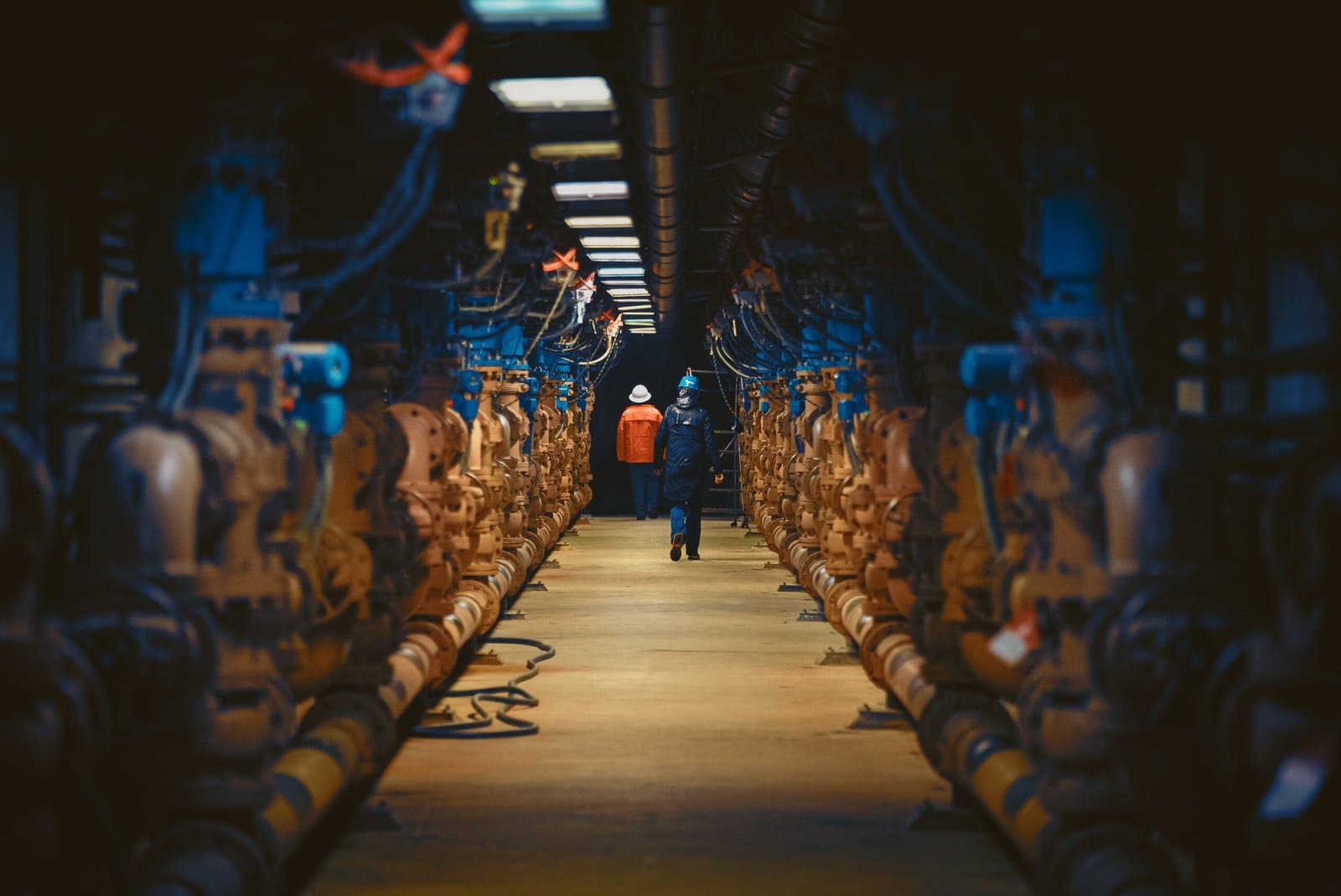
august 30, 2025
Decommissioning a Facility: How to Turn It into a Profitable Venture
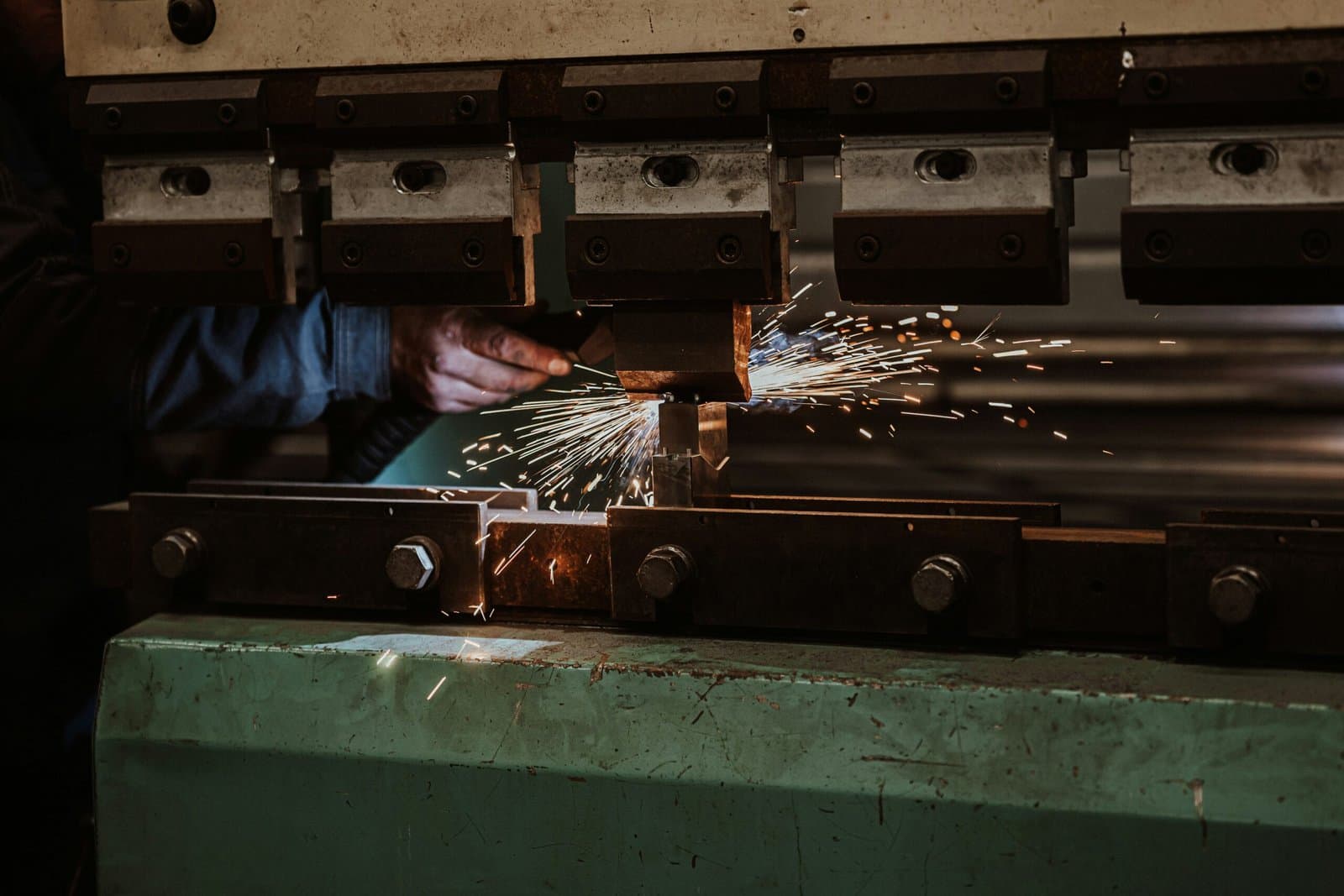
august 25, 2025
Hydraulic Press Maintenance 101
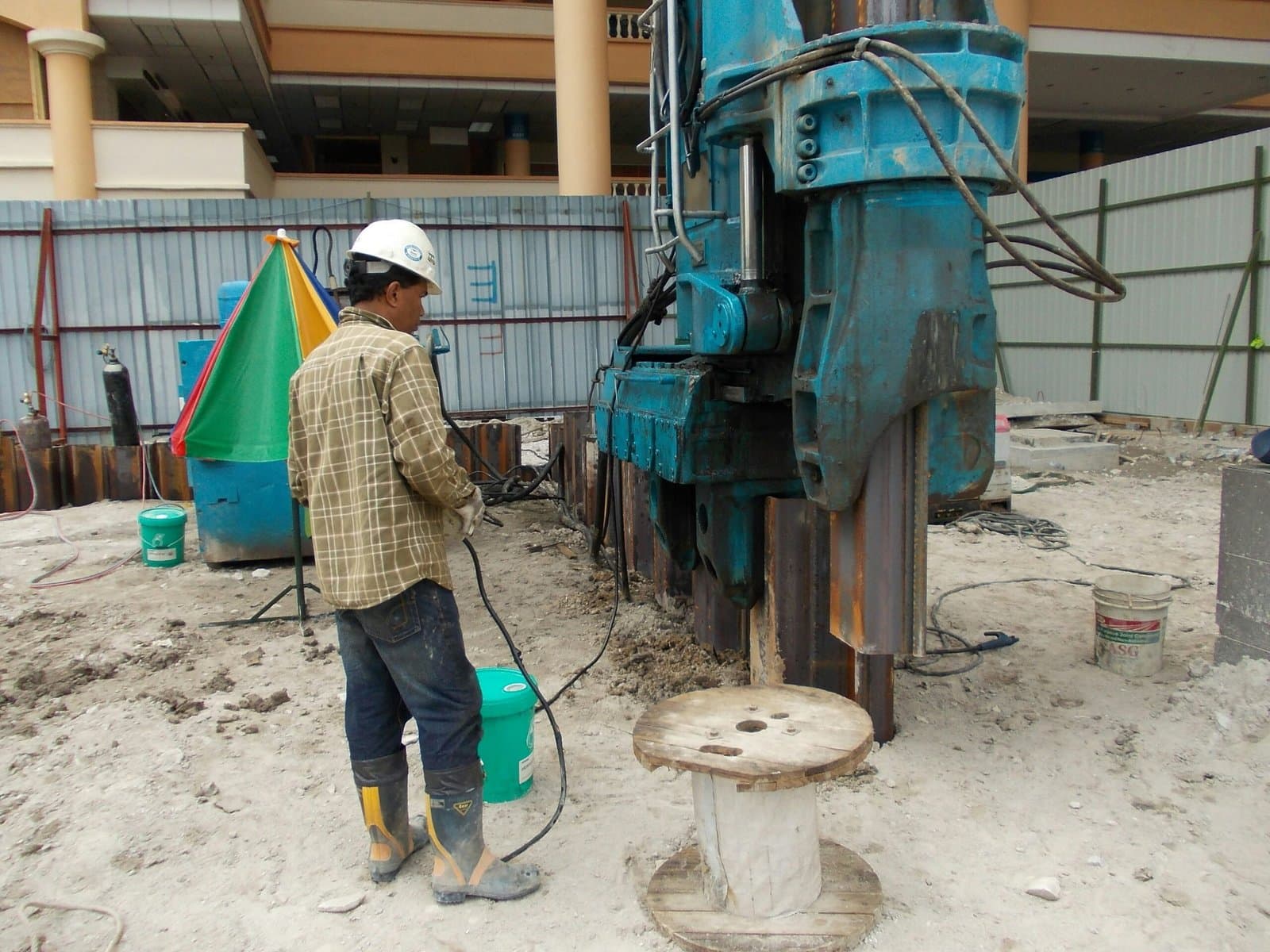
august 18, 2025
Rigging Machinery: The Challenge of Moving and Installing Outdated vs. Modern Equipment
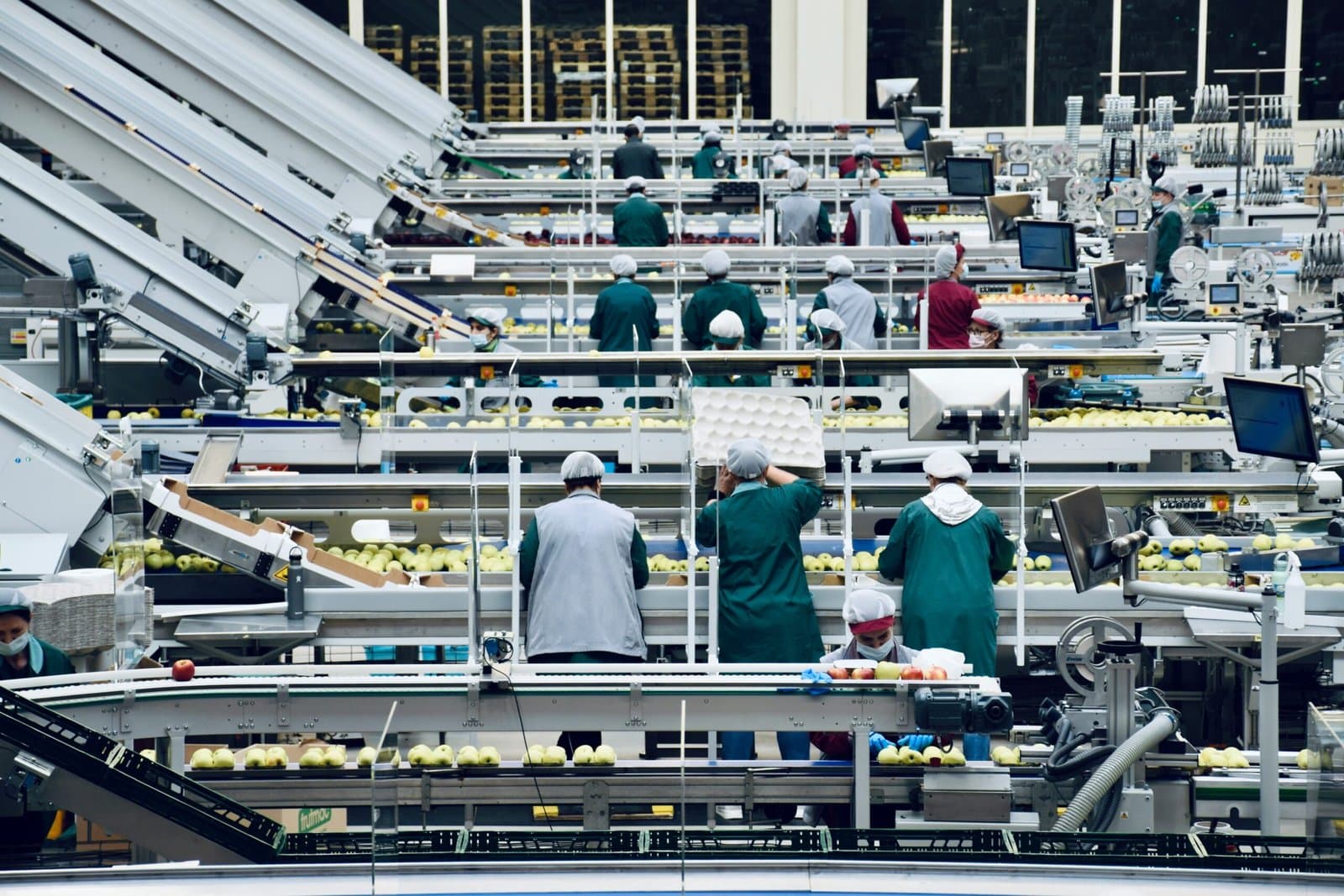
august 16, 2025
Conveyor System Maintenance: 5 Early Warning Signs of Failure
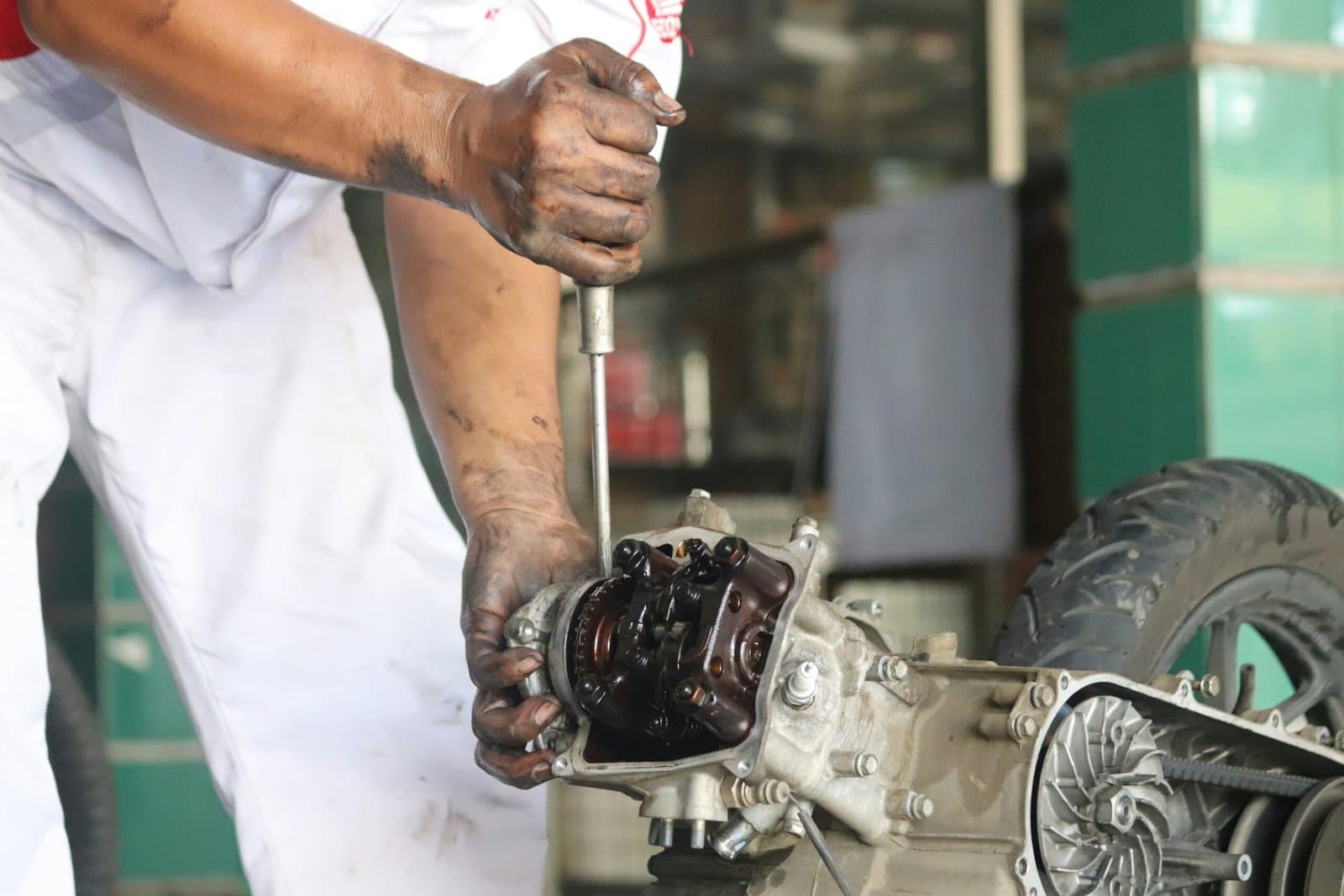
august 14, 2025
Predictive Maintenance: The Smarter Alternative to Costly Reactive Repairs
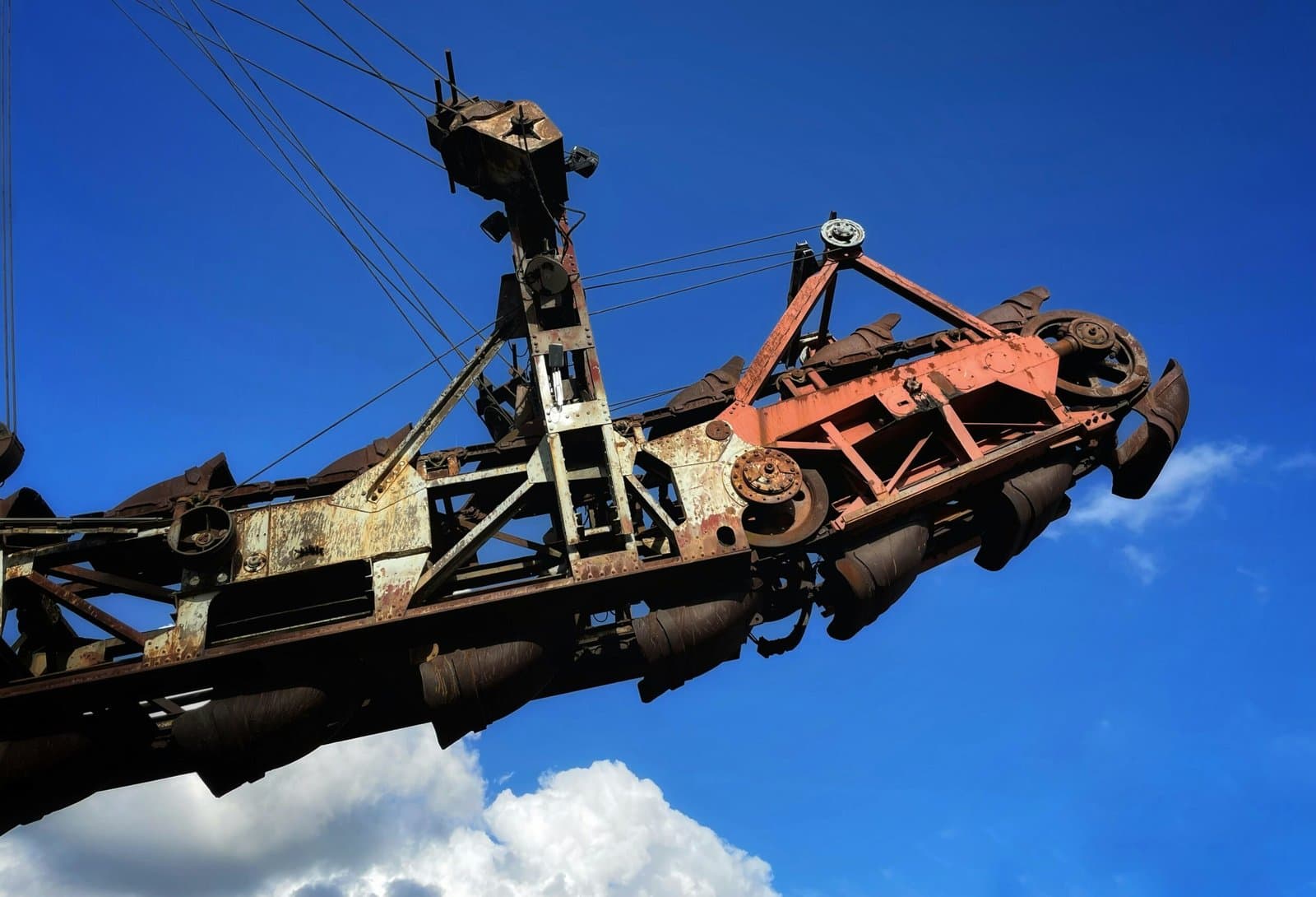
august 11, 2025